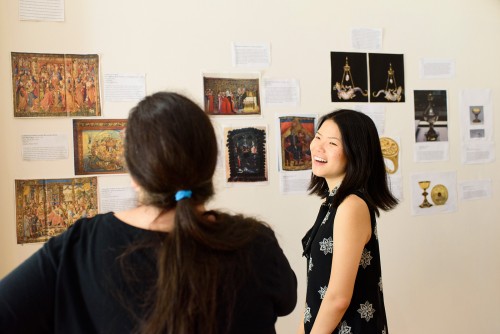Studying Art History at Kenyon
Why is a work of art powerful and how does it acquire meaning? The global art history curriculum at Kenyon explores the complex relationship between visual representation and culture by considering a wide variety of works, from the Paleolithic period to contemporary art. Students regularly mount exhibitions, engage with visiting speakers and experts in the field, and travel to museums and galleries in Columbus, Cleveland, and Pittsburgh. Internships in the Visual Resource Center introduce students to 3D printing technologies and professional cataloging skills.
Study abroad is encouraged—the semester-long Kenyon in Rome program offers a once-in-a-lifetime chance to spend the fall studying cultural sites in Rome, Florence and Naples with art history faculty. Closer to home, the Gund Gallery features a growing permanent collection of contemporary art, new exhibitions each semester, and a student curatorial program.
Featured Courses
Romanesque and Gothic Art
Explore the arts of medieval Europe from the 10th through the 14th centuries. Delve into the rich traditions of architecture, sculpture, painting and the decorative arts from the Romanesque and Gothic period within the cultural context of monastic reform, pilgrimage and chivalry.
Art of China
What does “made in China” mean to you? Discover the broad range of the arts of China from the Paleolithic period to the present moment. Consider how the visual and material arts expressed ideas about class, gender and religion across Chinese history, while also asking, “What makes an artwork ‘Chinese?’”
Introduction to Islamic Art and Architecture
Survey the history of Islamic art and architecture between the 7th and 16th centuries, exploring the rich visual and artistic traditions that developed and thrived under the caliphates and dynasties that ruled medieval Spain, North Africa, the Middle East and Central Asia. Along the way, learn about art-historical research strategies and methods for writing about art.
African Art in Motion
How does the way different audiences access and engage with art change the art’s meaning? Examine African and African diasporic art that was made to be — or has become — mobile in a number of ways. Look at wearable arts like masks and jewelry, and performance art, while engaging in current debates about restitution and repatriation.
Opportunities for Students
Take advantage of hands-on curatorial experiences, state-of-the art visual resources, a world-class museum and opportunities to travel and learn with Kenyon professors in Rome.
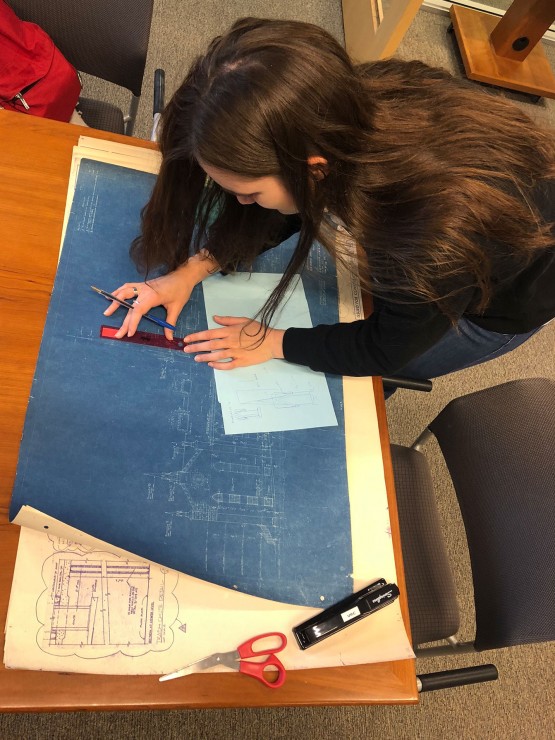
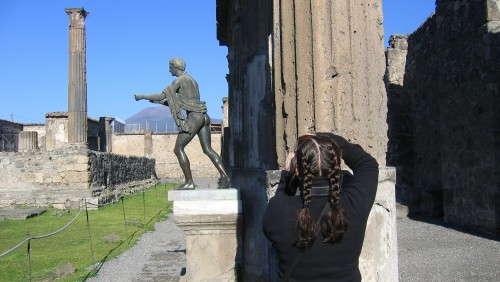
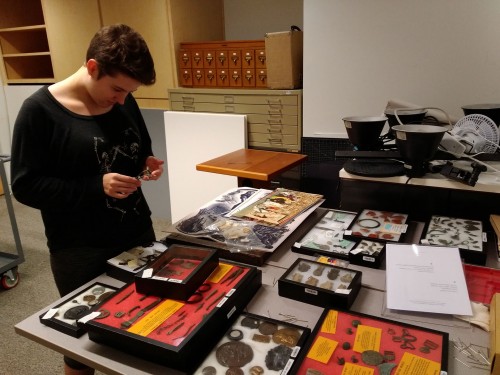
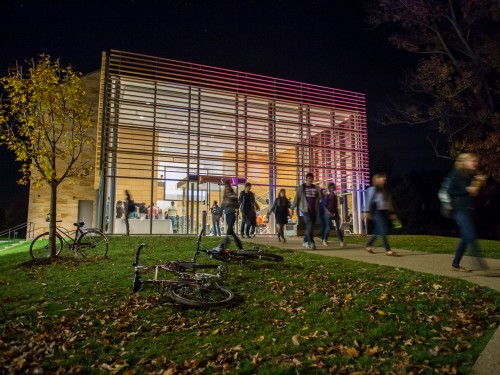
Gund Gallery
Kenyon College
Gambier, Ohio 43022
